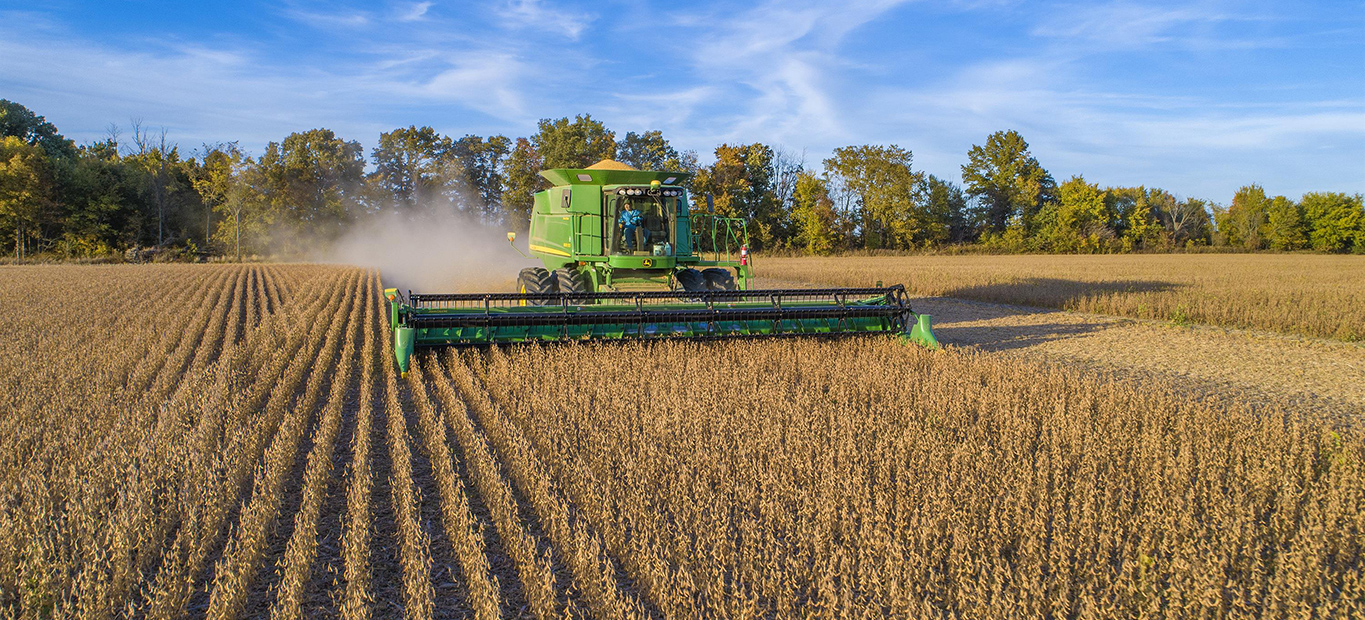Renewables Facts

What materials can be used to produce renewable diesel?
Renewable diesel is produced from such materials as rendered animal fats, vegetable oils, distillers corn oil and used cooking oils.
Does renewable diesel have other names?
Renewable diesel is sometimes called green diesel or drop-in diesel.
Is renewable diesel the same as biodiesel?
No, renewable diesel isn’t the same as biodiesel. While both are made from vegetable oils or animal fats -- not petroleum -- they are processed differently, have different performance attributes, and only renewable diesel is “engine-ready” and can fully replace petroleum diesel without engine modifications. Biodiesel must be blended with other fuels. Most manufacturers’ engines are calibrated to operate with no more than 20% of their fuel blend from biodiesel.
Does renewable diesel burn cleaner than petroleum diesel or biodiesel?
Gallon for gallon, burning renewable diesel produces lower particulate matter, oxides of nitrogen, and aromatic hydrocarbon emissions than petroleum fuels. Renewable diesel also has a higher cetane than petroleum-based diesel or biodiesel. Cetane is similar to the octane rating of regular gasoline, in that higher cetane prevents premature fuel combustion that can cause engine knocking. This higher cetane also reduces engine emissions.
Isn’t distillers corn oil (DCO) related to ethanol? Is renewable diesel the same as ethanol?
Distillers corn oil is a byproduct of the corn ethanol manufacturing process. It has been used in animal feed. Renewable diesel isn’t the same as ethanol, but renewable diesel can be produced using this ethanol byproduct.
What is carbon intensity?
Carbon intensity, also known as CI, is a measure of how much carbon dioxide (CO2) or carbon dioxide equivalent (CO2-e) is emitted by the complete lifecycle of a fuel per unit of energy delivered. Carbon intensity varies based on the many lifecycle factors of feedstock production, conversion into fuel, and use. Renewable diesel has a lower CI value than petroleum diesel, but the CI value varies based on the feedstock and the process to transform the material into fuel. For example, petroleum diesel has a CI value of about 100, renewable diesel from soybean oil typically has CI value of 53-58, and renewable diesel from animal fat typically has a CI score of 24-52.
Why does a fuel type have a CI range instead of a set number?
Fuels have ranges instead of set CI values because the CI value of a specific fuel will vary based on the lifecycle emissions associated with how the feedstock is produced, processed, and transported as well as its emissions impact when used.
What is the carbon intensity of renewable diesel?
It varies based on such factors as which feedstock is used (such as rendered animal fat, vegetable oils or used cooking oil), the land impact of the feedstock production, the energy and process used to convert that material into fuel, and the emissions when the fuel is used in vehicles.
Why is renewable diesel suddenly in high demand?
Federal and state credit systems require fuel importers, refiners and wholesalers to include an increasing proportion of renewable fuels in the products they sell, to comply with regulations. Renewable diesel generates needed credits in state programs and renewable identification numbers (RINs) in the federal system. Additionally, renewable diesel can be used in conventional engine systems as a complete replacement for or in combination with petroleum diesel without requiring any modifications to conventional engines. Renewable diesel also has a higher cetane than petroleum-based diesel or biodiesel. Cetane is similar to the octane rating of regular gasoline, in that higher cetane prevents premature fuel combustion that can cause engine knocking. This higher cetane also reduces engine emissions.
What is CARB?
CARB is the acronym for the California Air Resources Board. CARB is the regulatory body that oversees California’s Low Carbon Fuel Standard, with the stated goal of reducing the carbon intensity of transportation fuels, such as gasoline and diesel.
What is LCFS?
LCFS is the acronym for California’s Low Carbon Fuel Standard, which is designed with a stated goal of decreasing the carbon intensity of California’s transportation fuels and driving production of a broader range of low-carbon and renewable alternative fuels. LCFS is one of a group of programs enacted, and similar programs are being considered by many states and nations.
The LCFS system drives demand for lower-carbon fuels through a system of credits, deficits and required proportions of renewable fuels to conventional fuels. In the LCFS program, fuels generate LCFS credits if they have a carbon intensity (CI) value lower than the year’s program target. Fuels with CI values higher than the year’s program target generate LCFS deficits. Fuel producers with deficits must generate and acquire enough credits to remain in compliance with the standard.
What is RFS?
RFS is the acronym for the U.S. federal Renewable Fuel Standard program to reduce greenhouse gas emissions and expand use of renewable fuels in the United States. This program also requires refiners, importers and wholesalers to maintain a certain proportion of renewable fuels in their conventional fuels portfolios – and generate or acquire associated credits (called Renewable Identification Numbers, or RINs) – to comply with federal regulations.
How do state and federal fuel standards work?
Fuel-standard programs have established requirements to blend or use a certain percentage of renewable fuels in the hydrocarbon fuel volumes. These programs are adjusted and overseen by federal and state programs to ensure renewable fuels are blended into fuels on an annual basis. These programs are designed to lower carbon emissions from transportation fuels.
